This is one in a series of posts on the Fujifilm GFX 100. You should be able to find all the posts about that camera in the Category List on the right sidebar, below the Articles widget. There’s a drop-down menu there that you can use to get to all the posts in this series; just look for “GFX 100”.
My earlier read noise tests indicated that the overall read noise of the GFX 100 was virtually unaffected by the choice of 14 versus 16 bit raw precision, but I like to perform visual tests of this kind of thing, since the quality of the read noise at base ISO in the dark shadows is sometime significant. You will see that to be the case in this test, but in a strange way. I’ll not bury the lede here: the on-sensor phase-detection autofocus (OSPDAF) banding of the GFX 100 is strong enough to make any subtle differences in read noise quality inconsequential.
I used my bookcase for the subject, and shot 6-stop underexposed captures at ISO 100 in both 14 and 16 bit modes, using the electronci shuteer and the 2-second self timer. It took a set of heroic moves in Lightroom to make the image look like much:
I backed down Lr’s default sharpening:
The two images looked like this:
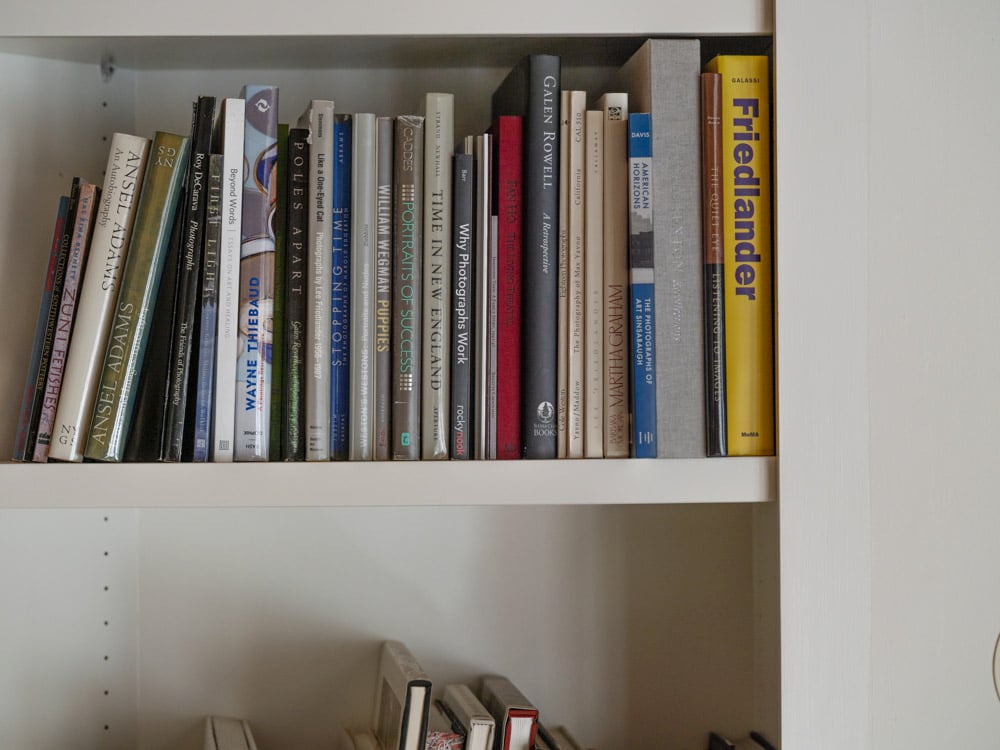
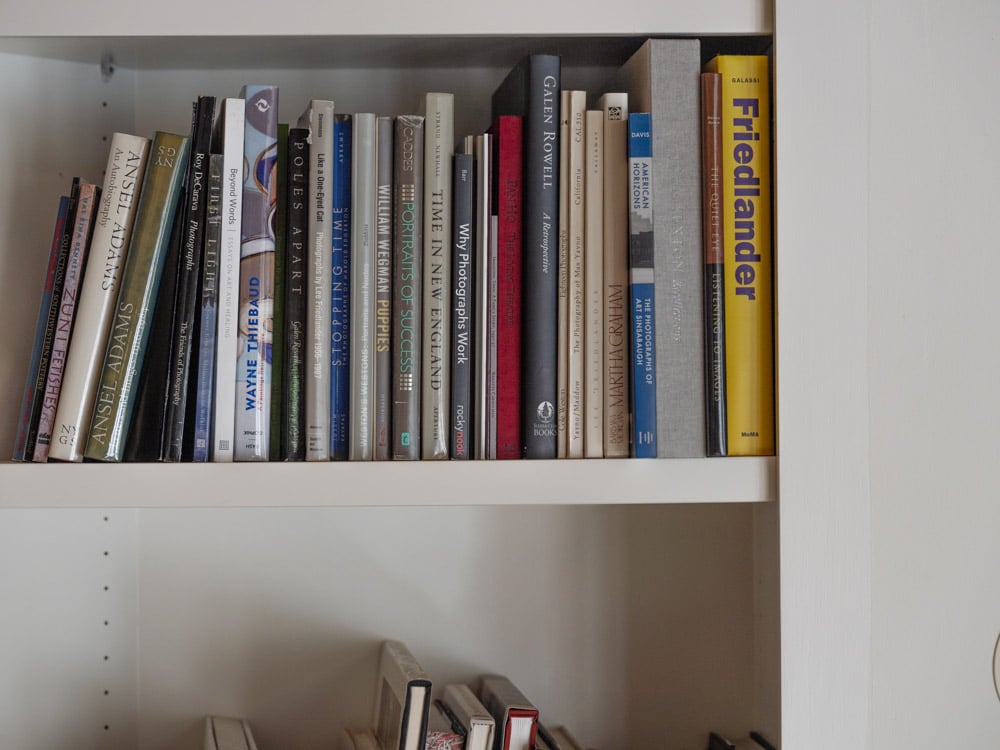
Some 1:1 crops:
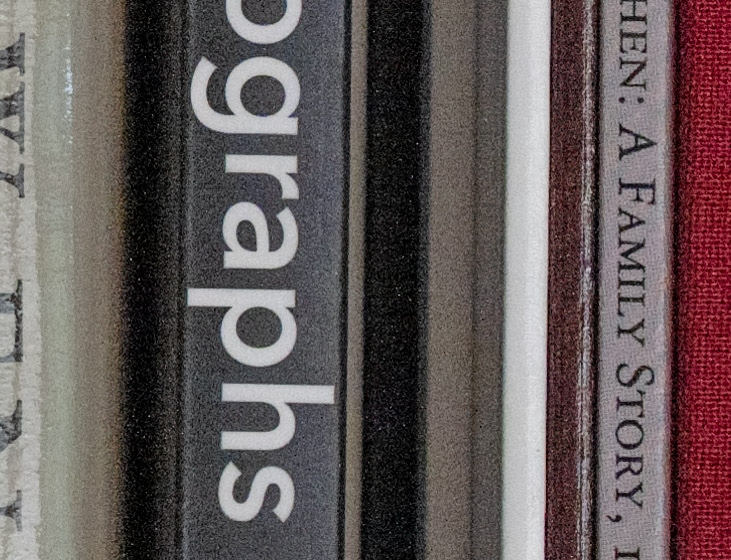
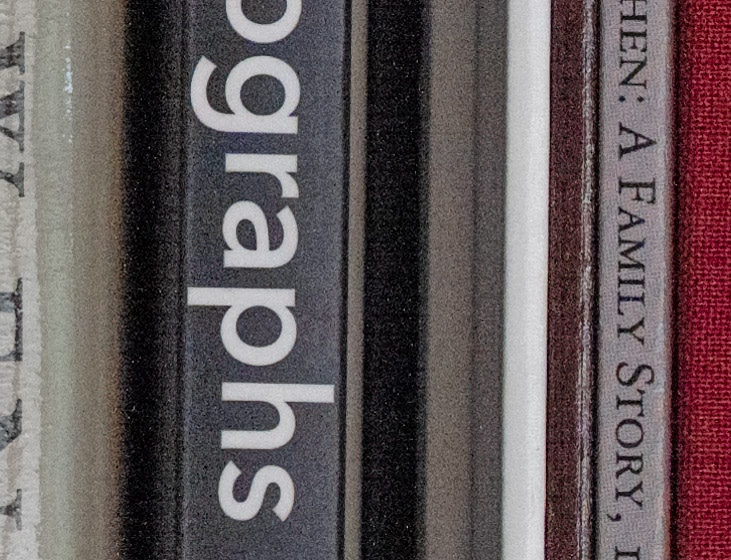
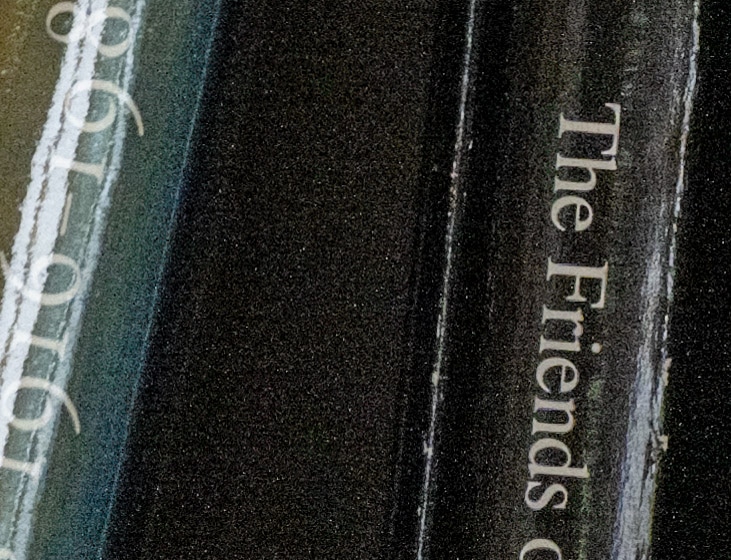
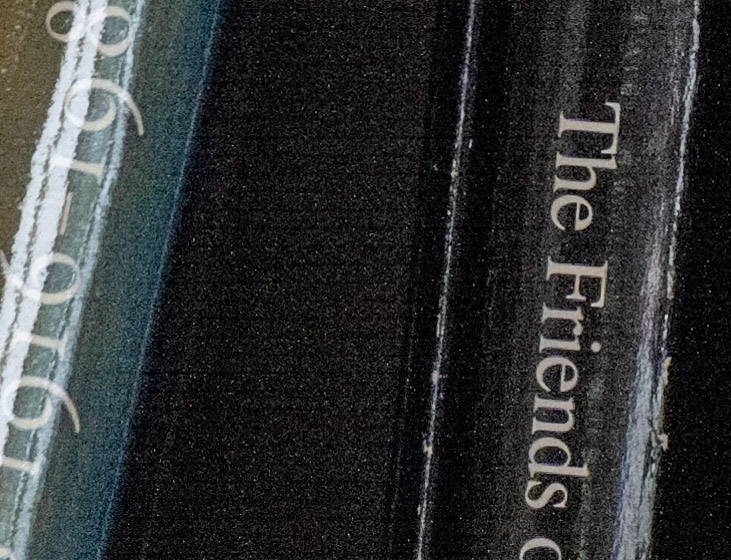
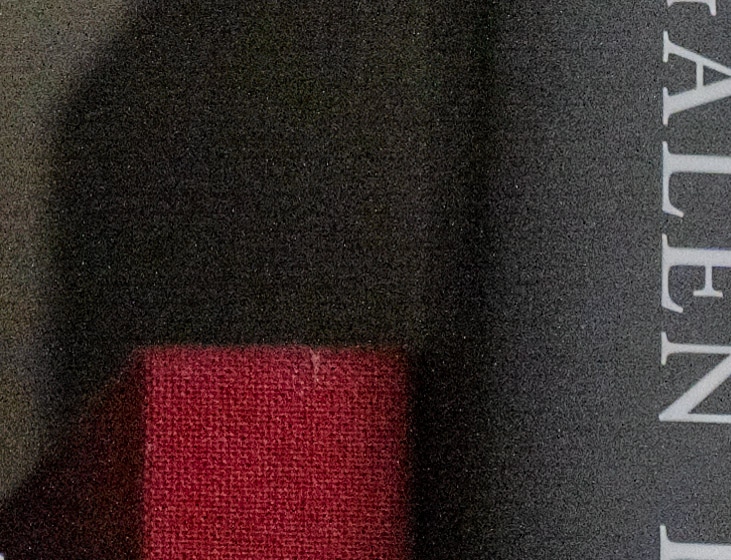
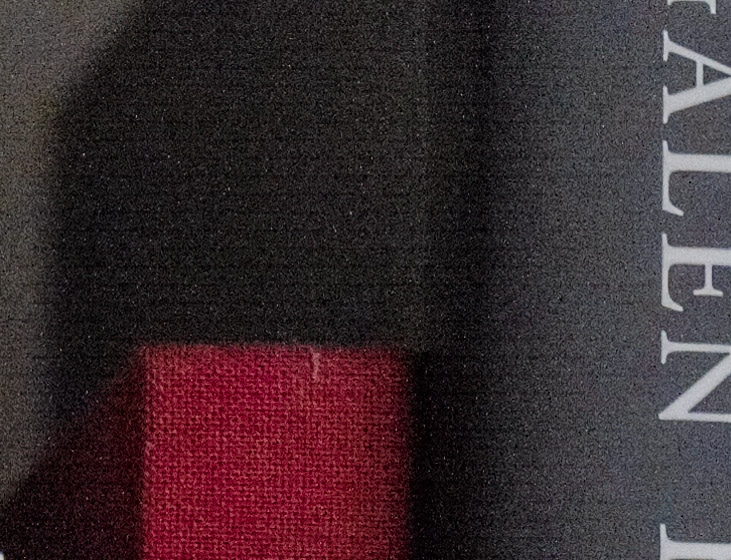
There are some small differences in the noise pattern, but they fade into utter insignificance when compared to the horizontal banding the comes from the OSPDAF system. If you eliminate the banding in post production, the differences might conceivably be worth worrying about, but they are tiny.
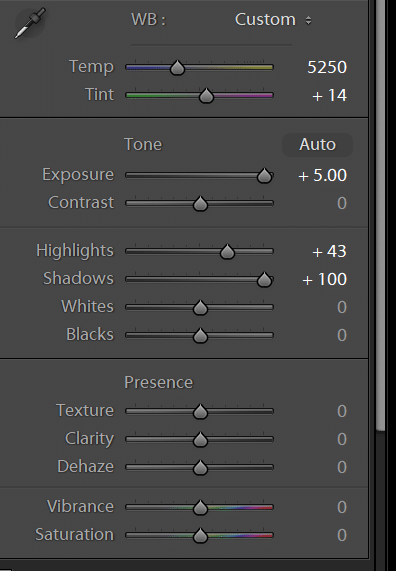
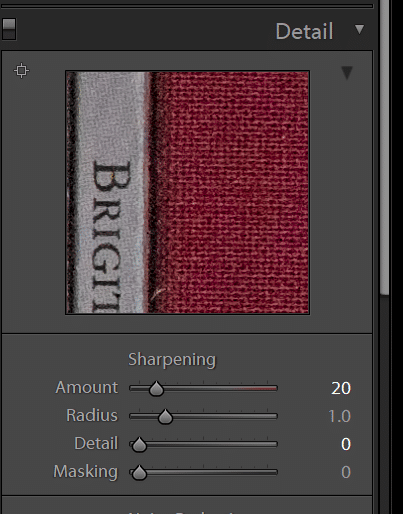
CarVac says
Does OSPDAF banding appear in an equivalent exposure with higher ISO, not pushed?
If the bands are merely zones of reduced noise as a result of being reconstructed from neighbors, wouldn’t it show up just as strongly at high ISO as in deep shadows at base ISO?
JimK says
Don’t know. Haven’t tested. Doubt it, if the ISO is high enough. That is the case with the Z7.
That’s not what’s going on. The mean is lower, not just the sigma.
CarVac says
Oh, huh.
That just leaves me one question: “Why/how did they manage to screw it up?”
JimK says
If you’re talking about Fuji, beats me. If you’re talking about Sony, the PDAF striping only occurs in the presensce of lens flare, and not always even then. If you’re talking about Nikon, I think they caused the PDAF banding in a misguided attempt to fix the PDAF striping.
Oleh says
I also noticed colour cast on 14bit images
Curtis says
You’re not testing the full dynamic range of 16 bit, by photographing things with poor lighting and poor contrast. Do the same comparison with a sunset pointing at the sun, with extreme light and dark items in the scene at lower ISO settings, then push the images in raw, and look for color banding in the sky, or banding in how the tones change from light to dark.
JimK says
Nonsense. With no clipping at full scale, behavior in the highlights is identical. DR differences show in the shadows. What happens after clipping doesn’t matter if you stay away from it, and is independent of precision.
Javier says
Why do you thin this varies from Bill Claff’s testing of that sensor showing different noise levels and noise floors?
JimK says
I can’t speak to Bill’s results, only to my own.